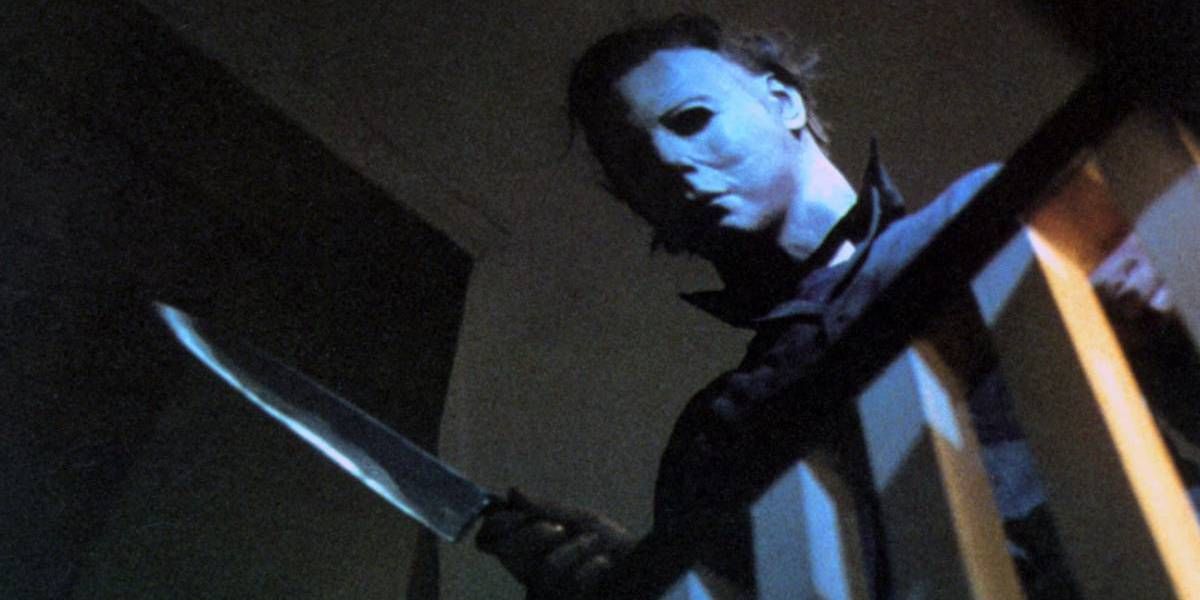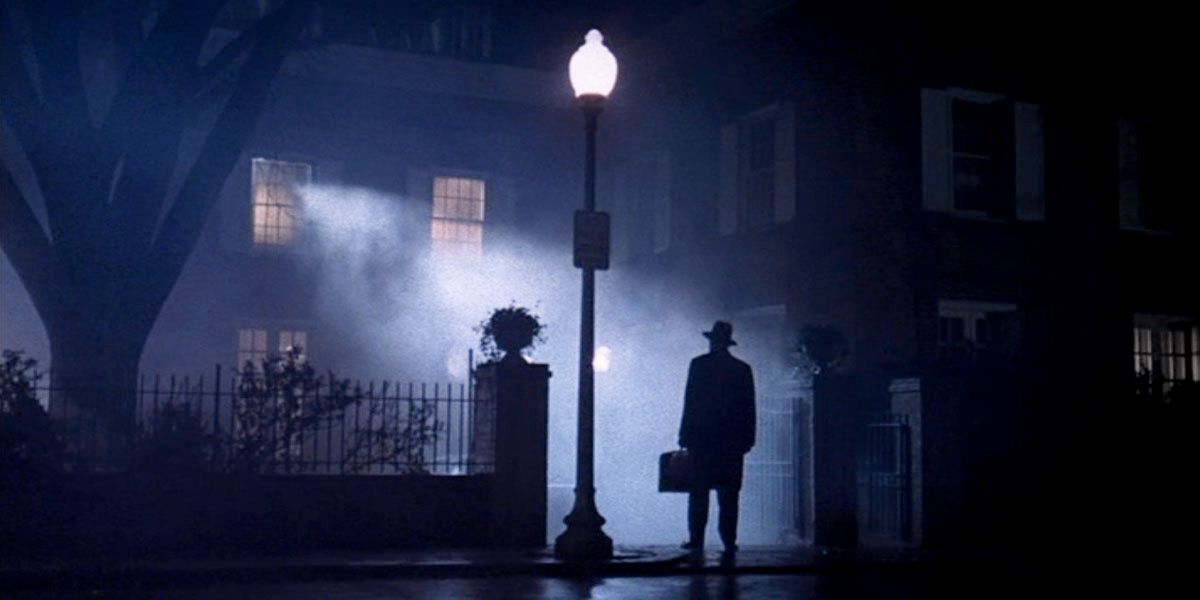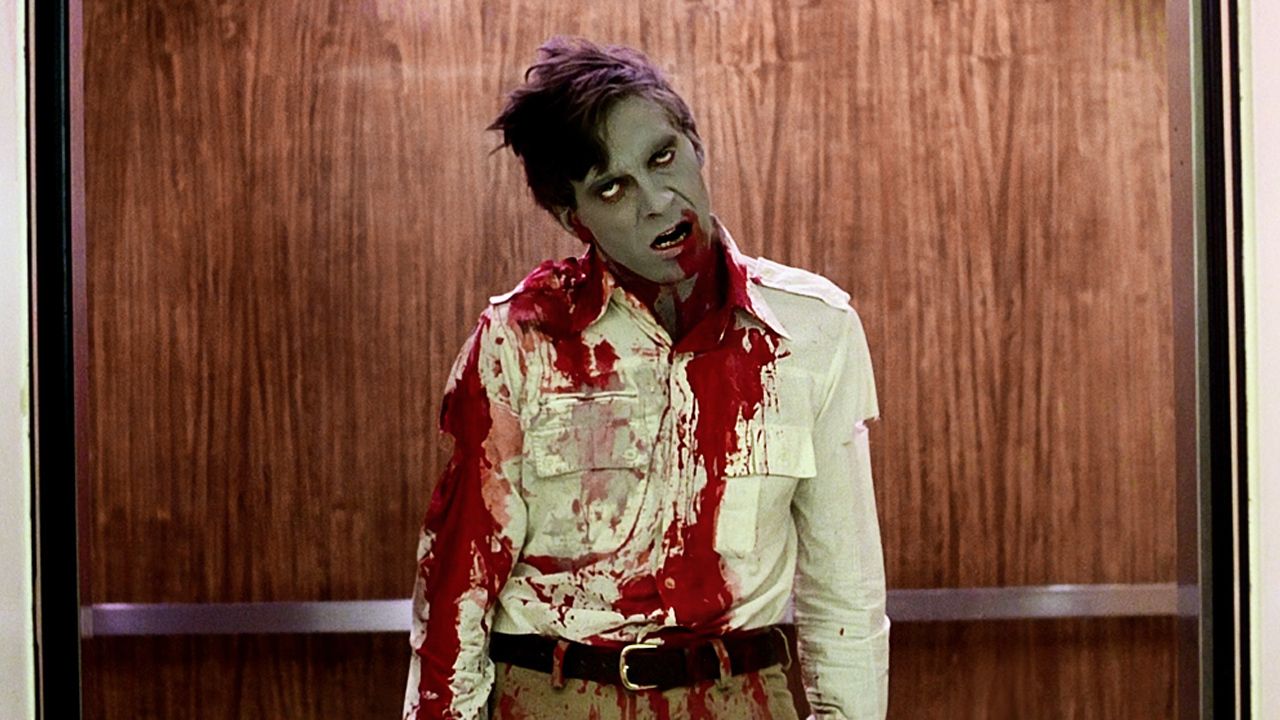After years of haunting drive-ins and cheap matinees, the 1970s saw the horror genre shift into award season material while also proving to become one of the most influential decades for the genre. The filmmakers that had grown up watching the first wave of American horror cinema began making movies of their own, with several prominent horror films up for major Hollywood awards; meanwhile, independently produced films increasingly inspired their mainstream counterparts. By the 1970s, what was normally associated with grindhouse cinema was being recognized as high art.
One of the biggest horror movies of all time was 1973's The Exorcist, directed by William Friedkin and based on the 1971 novel of the same name by William Peter Blatty, who also produced the film and wrote its screenplay. Following a young girl living in Georgetown who is demonically possessed, the film initially opened to middling reviews but went on to become Warner Bros.'s highest-earning film at the box office for the time, earning $112.3 million worldwide thanks to positive word-of-mouth, with subsequent re-releases bringing its global cumulative earnings to $329 million.
It was also nominated for ten Academy Awards and won two, with Blatty earning Best Adapted Screenplay for his work. This was the first horror movie nominated for Best Picture, which remains a rare distinction to this day.
The Exorcist's enduring popularity would lead to a wave of films that would focus on satanic and demonic themes in horror cinema to capitalize on its success. The most notable of these was 1976's The Omen, which focused on the coming of the Antichrist, unwittingly adopted by a powerful, American family living abroad in Europe. While less critically acclaimed than The Exorcist, the film went on to earn over $60.9 million domestically and was nominated for two Academy Awards, winning Best Original Score.
Closing out the decade of major demonic possession films was 1979's The Amityville Horror, following a young family that moved into a haunted house in upstate New York. Despite largely negative critical reviews, the film earned an Academy Award nomination and became the second highest-earning film of 1979, and it was the highest-earning independent movie until 1990's Teenage Mutant Ninja Turtles.
Outside of the possession sub-genre, the 1970s saw the rise of slasher movies from independent studios and filmmakers. Taking cues from the previous decade's slasher prototype Psycho, 1974's Black Christmas had a serial killer target a sorority house during the holidays and went on to become a modest success at the box office.
That same year would also see the release of The Texas Chain Saw Massacre, which gained a fair bit notoriety for its title alone worldwide, leading to it being banned theatrically in several foreign countries. True to its title, the film followed a group of teenagers ambushed by a family of homicidal maniacs living in the backwoods of Texas, introducing audiences to the iconic, murderous Leatherface. Both films took advantage of their independent productions to push the boundaries of what was permissible for theatrical filmmaking at the time on a shoestring budget, with The Texas Chainsaw Massacre proving to be successful at the box office.
Both films, with Black Christmas in particular, inspired John Carpenter to direct and co-write 1978's Halloween. The film introduced the world to The Shape, the masked alter ego of serial killer Michael Myers, who would stalk Laurie Strode and her friends after escaping from a mental hospital. A runaway success at the box office, the film catapulted Carpenter into the Hollywood mainstream for the following decade and led to its own wave of slasher movies throughout the 80s, like Friday the 13th and A Nightmare on Elm Street.
That same year would see the release of Dawn of the Dead, George Romero's sequel to his classic Night of the Living Dead. Boasting a higher budget and heightened gore, the film was seminal in redefining the zombie sub-genre as a quartet of survivors barricaded themselves within a shopping mall to endure the waves of the ravenous undead.
The film not only revolutionized the sub-genre within North America for decades to come, but it also did so overseas, with 1979's Zombi 2 in Italy acting as an unofficial sequel. The European country would become especially prolific in the horror genre during the 1970s, with its own sub-genre known as Giallo films, noted for their heightened violence. Among the cinematic wave's most prominent directors were Lucio Fulci and Dario Argento, with the latter weaving a satanic horror film of his own in 1974's acclaimed Suspiria.
While many professional critics were still wary of the horror genre, films in the 1970s overcame mixed reviews to earn their accolades during award season led by The Exorcist, marking this as the decade where the horror genre was most prominently represented by major awards. Audiences also flocked to theaters to catch the most terrifying films at the time, which were fueled by positive word-of-mouth reviews. From themes of demonic possession and satanism to more gritty, brutal slasher movies, these films brought horror cinema to record-breaking success and set the stage for its ubiquity in the following decade.



